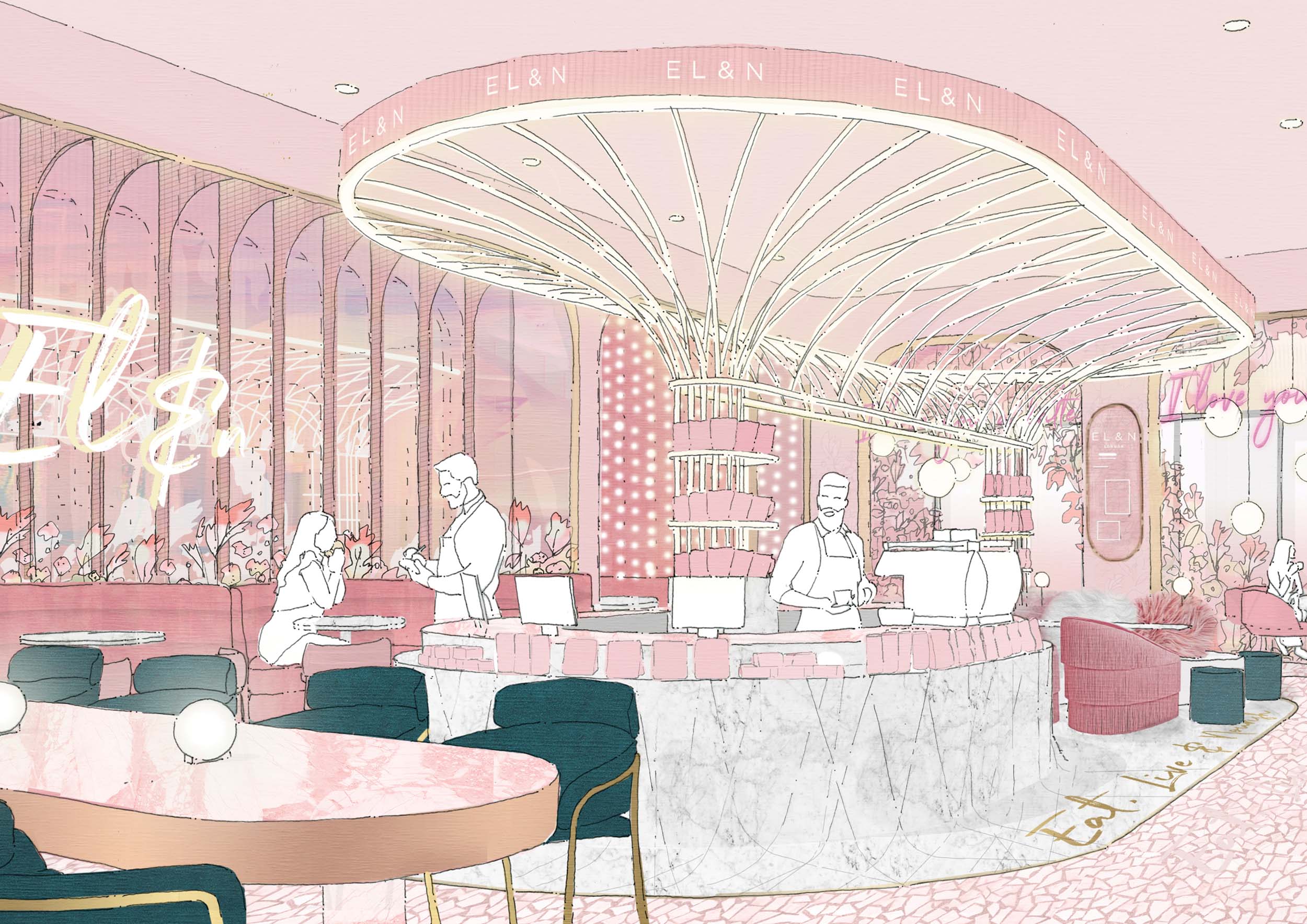
02 Aug Controlling Design Excellence Internationally
We love working outside borders. We have worked everywhere from Mexico to China, Europe to the Middle East and everywhere in between. We have developed a refined process for delivering the same creative work we do in the UK, maintaining design excellence whilst also conforming to the cultural, social, economic and regulatory expectations of the places they are situated. At Holland Harvey, we are often asked how we do this and how our process differs from our regular design process in the UK. Here we briefly talk about how we do this.
Find great local partners
What underpins great results has the right local team to deliver the vision. This includes a trustworthy ‘Delivery Architect’ (DA), ‘Project Manager’ (PM), and a good Contractor on board. The former of these will lead to the latter and will assist in establishing your local supply chain. We worked with a fantastic local project manager in North 51 Consulting and local architect Nicola Bisiker . As a team, they are critical to taking the design vision and ensuring that it is;
-
- A – Delivered using high-quality details, robustly constructed to the correct level of specification
- B – In compliance with local regulation
- C – Delivered on time and within budget
- D – Delivered our vision where good communication continues throughout the project
- E – Where details need to change, new materials are sourced accurately to match our specifications, fixtures, fittings etc locally at the best rate
Do your research
At the beginning of the project, together with your client and local partners, undertake deep thinking around the local context of the project to ensure that the brief is appropriate. The main areas that we focus on are;
-
-
- Culture – when considering any hospitality project, the local culture must be understood. For example, what are the average group sizes, how long is the dwell time, do you need separate more private areas and is there an expectation of being ‘seen’? Are there meanings or symbolism to be mindful of, be that in layout, furniture, objects, and colours that we are not aware of? The list is endless and is formed through careful conversation to tease out the aspects important to the design.
- Competition – It is always important to understand your direct competition, but when faced with a location thousands of miles away, you must qualify for the competition. Sometimes there are brands that you are less familiar with and so undertaking a comprehensive competitor analysis of the brands surrounding your store is vital. We talk through these competitors to understand their significance with the local partner.
- Site – Quite often, we won’t be able to visit a site initially to save on time and cost. During Covid, we were forced to work remotely extensively, and so we have created systems that ensure quality whilst working remotely. The key is to get high-quality site information, including 3D scans, plans, sections elevations and high-quality video content of both the site and the surrounding areas.
-
Computer Generated Images
A powerful tool is hyper-realistic computer-generated images. These allow the design team to ensure that all partners know what the scheme looks like and how it will be delivered. It also means that the final result can be moderated against the CGI to ensure compliance with the design intent. These CGI’s should be done by a high-quality CGI artist. For example, for our project in Tulum, extensive CGI use meant that every aspect of the architecture and the architectural interiors was communicated.
Interpretation Drawings
We issue detailed drawings to communicate the project’s design. These describe everything from the layout and the detail of where two materials meet to how a screen is to look. This pack will contain everything to communicate the vision of the design. To ensure this is understood and will be built as we have designed, we expect drawings to be prepared by the delivery architect and local fabricators that show how the design will be constructed. A key part of the local partners’ work is to coordinate the design with air conditioning systems and other mechanical and electrical elements of the design. Naturally, there will be some tweaks to the design through this process, which need to be communicated to us for sign-off alongside the client. The speed at which these are produced, and their quality are key to a high-quality result.
Samples Samples Samples
It is normal for materials to be switched out during the tendering and construction phases. It is quite common for a material to be unexpectedly expensive due to an unknown import tax or due to labour rates; it makes it more cost-effective to complete the design a certain way. Therefore always be open to alternative specifications of materials. This must be controlled, however, and changes done promptly and where proposed changes are checked and signed off. Therefore creating a strong process where a material is requested to be changed, the physical sample is sent to the UK for sign-off. The reason they need to be sent is that samples must be viewed with their adjacent materials around them, which are held for the project in our London office. This will mean that the material palette will remain consistent and coordinated.